|
R (Small
Washington Tablet)
28. → Interlude I should refresh my memory. First I ought to find and document pictures of Diana and Artermis. ... Alice was beginning to get very tired of sitting by her sister on the bank and of having nothing to do: once or twice she had peeped into the book her sister was reading, but it had no pictures or conversations in it, 'and what is the use of a book', thought Alice, 'without pictures or conversations? ' ...
My source book New Larousse Encyclopedia of Mythology proved as usual to be quite helpful:
The caption reads: "The Diana of Gabo. An Italian goddess of mountains and woods and of women and childbirth, Diana was anciently identified with the Greek goddess Artemis who possessed a similar character and function. Her cult was widespread, her most famous shrine being at Nemi while at Rome she was worshipped in a temple on the Aventine traditionally founded in the sixth century B.C. This life-size Roman marble statue possibly reproduces Praxiteles' Artemis Brauronia of 346 B.C." Here I can see why my memory had chosen to save the idea of Diana. It surely was because of the 'Mirror of Diana', at the navel so to say of the famous work of Sir James George Frazer: The Golden Bough. A Study in Magic and Religion. ... The seventh tree is the oak, the tree of Zeus, Juppiter, Hercules, The Dagda (the chief ot the elder Irish gods), Thor, and all the other Thundergods, Jehovah in so far as he was 'El', and Allah. The royalty of the oak-tree needs no enlarging upon: most people are familiar with the argument of Sir James Frazer's Golden Bough, which concerns the human sacrifice of the oak-king of Nemi on Midsummer Day .... ... To conclude these enquiries we may say that if Balder was indeed, as I have conjectured, a personification of a mistletoe-bearing oak, his death by a blow of the mistletoe might on the new theory be explained as a death by a stroke of lightning. So long as the mistletoe, in which the flame of the lightning smouldered, was suffered to remain among the boughs, so long no harm could befall the good and kindly god of the oak, who kept his life stowed away for safety between earth and heaven in the mysterious parasite; but when once that seat of his life, or of his death, was torn from the branch and hurled at the trunk, the tree fell - the god died - smitten by a thunderbolt. And what we have said of Balder in the oak forests of Scandinavia may perhaps, with all due diffidence in a question so obscure and uncertain, be applied to the priest of Diana, the King of the Wood, at Aricia in the oak forests of Italy. He may have personated in flesh and blood the great Italian god of the sky, Jupiter, who had kindly come down from heaven in the lightning flash to dwell among men in the mistletoe - the thunder-besom - the Golden Bough - growing on the sacred oak in the dells of Nemi. If that was so, we need not wonder that the priest guarded with drawn sword the mystic bough which contained the god's life and his own. The goddess whom he served and married was herself, if I am right, no other than the Queen of Heaven, the true wife of the sky-god. For she, too, loved the solitude of the woods and the lonely hills, and sailing overhead on clear nights in the likeness of the silver moon looked down with pleasure on her own fair image reflected on the calm, the burnished surface of the lake, Diana's Mirror ... Surely the reflection of the Oak seen in the lake would be upside down. Unlike ordinary mirrors - changing right to left and vice versa - the Mirror of Diana changed up to down and vice versa.
At Midsummer the course of the Sun would turn around from 'climbing up the stairs' (from the horizon in the east) to descending towards the stars (beyond the horizon in the west). ... Then occurred a curious event. Whether Atea had wearied of bringing forth offspring we are not told, but certain it is that Atea and her husband Fa'a-hotu exchanged sexes. Then the eyes of Atea glanced down at those of his wife Hotu and they begat Ru. It was this Ru who explored the whole earth and divided it into north, south, east, and west ... Diana / Artemis shot her arrow into the Navel of the Ocean - indicating where the Sea was beginning. ... This [σ Sagittarii] has been identified with Nunki of the Euphratean Tablet of the Thirty Stars, the Star of the Proclamation of the Sea, this Sea being the quarter occupied by Aquarius, Capricornus, Delphinus, Pisces, and Pisces Australis. It is the same space in the sky that Aratos designated as Water ...
The Serpentine form of the Bow of the Archer (Sagittarius) reveals it was intended to be a sign for Water.
... In China, with Capricornus, Pisces, and a part of Sagittarius, it [Aquarius] constituted the early Serpent, or Turtle, Tien Yuen; and later was known as Hiuen Ying, the Dark Warrior and Hero, or Darkly Flourishing One, the Hiuen Wu, or Hiuen Heaou, of the Han dynasty, which Dupuis gave as Hiven Mao. It was a symbol of the emperor Tchoun Hin, in whose reign was a great deluge; but after the Jesuits came in it became Paou Ping, the Precious Vase. It contained three of the sieu, and headed the list of zodiac signs as the Rat, which in the far East was the ideograph for 'water', and still so remains in the almanacs of Central Asia, Cochin China, and Japan ...
|
||||||||||||||||||||||||||||||||||||||||||||||||||||||||||||||||||||||||||||||||||||||||||||||||||
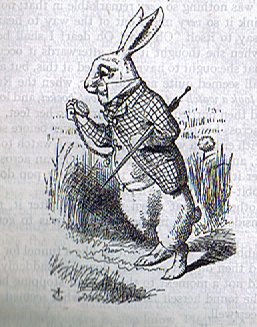
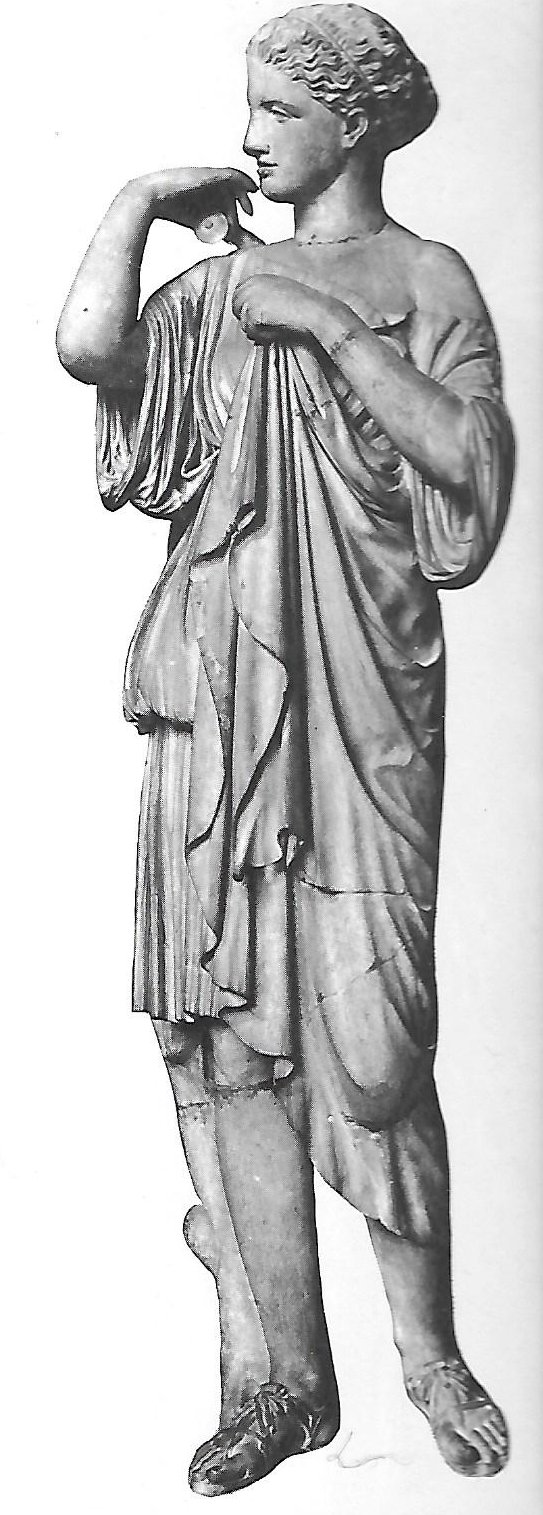
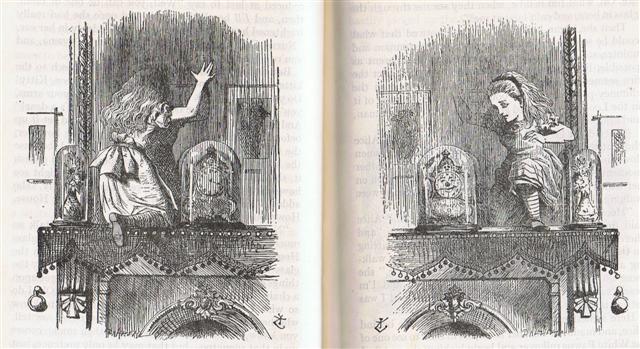
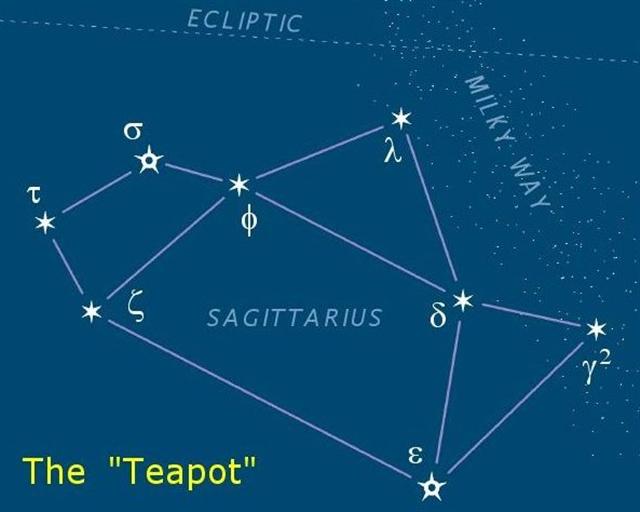
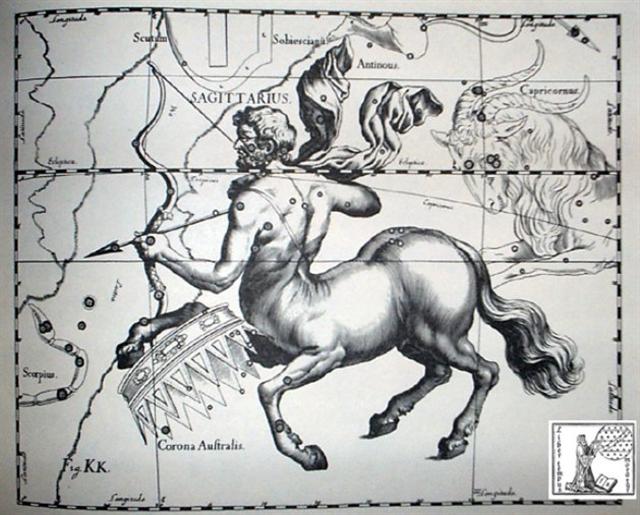
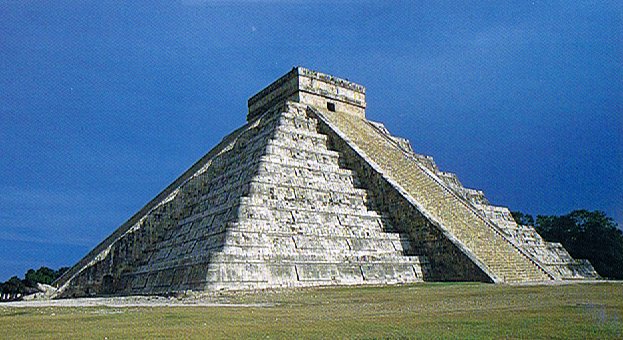
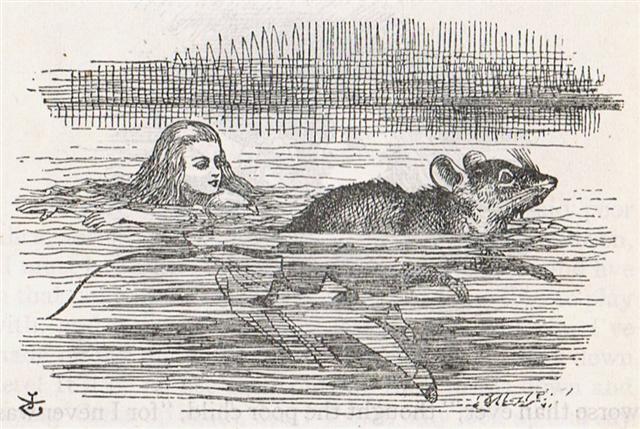
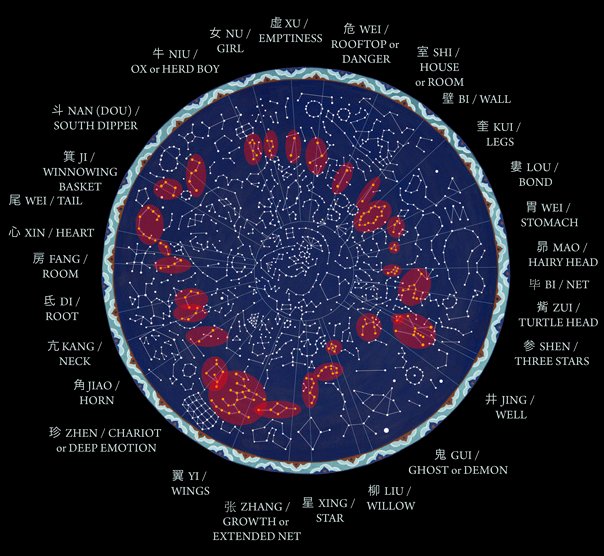
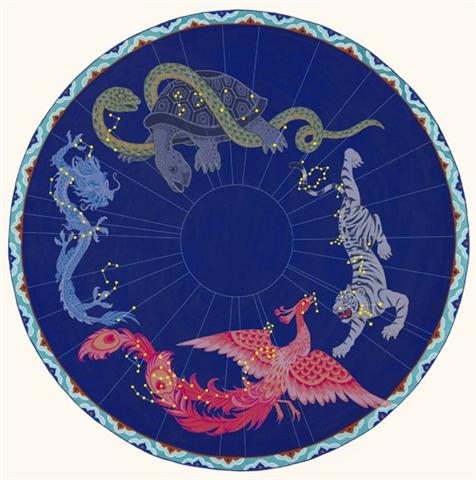

.jpg)
.jpg)